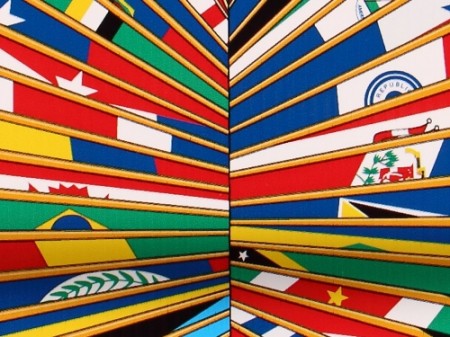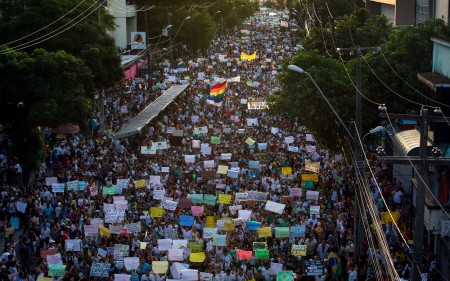
This article was originally published by the World Policy Institute on 3 February 2015.
The home of cocaine production has a new address. Stepping out from behind the shadows of its more notorious peers in the region, Peru is taking the helm from its South American neighbors as the leading producer of cocaine in the world. While Colombia’s production declines due to concerted efforts by both its government and U.S. foreign agencies (along with FARC being open to negotiations), a once dormant industry from Peru’s troubled past has resurfaced to meet market demand.
In the early 1990s, Peru was a major producer of cocaine but was eventually surpassed by Colombia following aggressive government policies in Peru to combat the black market trade. These policies have faded over time, and thus the expansion of cocaine growing has boomed once again.




